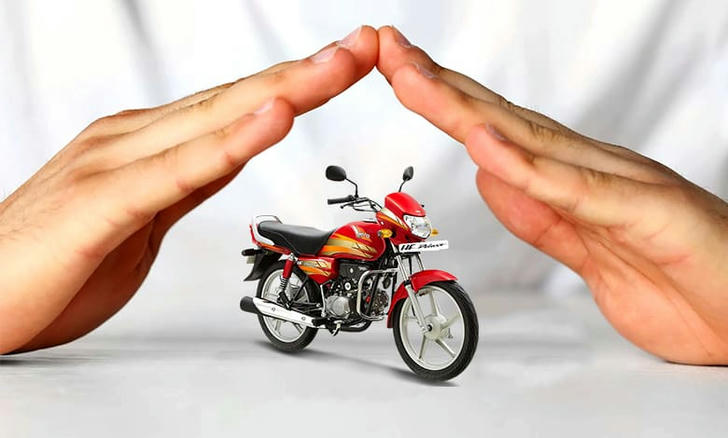Motorcycle Insurance: Smart Protection for Riders
The open road calls to motorcycle enthusiasts with promises of adventure and freedom. However, this thrilling experience comes with unique risks that make proper insurance coverage essential. Motorcycle insurance serves as a financial safety net, helping riders handle unexpected situations without draining savings or facing legal complications.

Understanding Basic Coverage Options
Motorcycle insurance typically includes several standard protection types. Liability coverage represents the most fundamental component, addressing costs when a rider causes injury or property damage to others. Many states mandate minimum liability limits, though riders often choose higher coverage amounts for better protection.
Collision coverage handles repair or replacement costs when a motorcycle sustains damage from an accident, regardless of fault. Comprehensive coverage addresses non-collision incidents including theft, vandalism, or weather-related damage. These optional coverages provide broader protection but increase premium costs.
Specialized Protection Considerations
Certain motorcycle policies include features tailored to rider needs. Uninsured motorist coverage becomes valuable when involved in accidents with inadequately insured drivers. Medical payments coverage assists with treatment expenses for riders and passengers following collisions.
Custom parts and equipment coverage deserves consideration for motorcycles with aftermarket modifications. Standard policies often limit or exclude protection for upgraded components without this specific endorsement. Seasonal riders might explore storage options that adjust coverage during winter months when bikes remain unused.
Factors Influencing Insurance Costs
Multiple variables affect motorcycle insurance pricing. Insurers typically consider rider age, experience level, and driving history when determining rates. Younger riders and those with recent violations generally face higher premiums. The motorcycle's make, model, and engine size significantly impact costs, with high-performance bikes often commanding steeper rates.
Geographic location plays a role in pricing calculations. Urban areas with higher traffic density and theft rates usually result in increased premiums compared to rural locations. Annual mileage and storage method (garaged versus street-parked) also factor into final rate determinations.
Potential Discount Opportunities
Many insurance providers offer various discount programs that can reduce overall costs. Multi-policy discounts apply when combining motorcycle coverage with other insurance products like auto or homeowners policies. Safety course completion discounts reward riders who complete approved training programs.
Membership discounts may be available through motorcycle associations or riding clubs. Anti-theft device installations sometimes qualify for additional savings. Insurers occasionally offer reduced rates for maintaining continuous coverage or for riders with long claim-free histories.
Claims Process Overview
Filing a motorcycle insurance claim typically begins with promptly notifying the insurance provider about the incident. Documentation becomes crucial - photographs of damage, police reports for accidents, and medical records for injury claims all support the process. Most companies allow claim initiation through multiple channels including phone, online portals, or mobile applications.
An adjuster usually evaluates the damage and determines coverage applicability based on policy terms. Repair authorization processes vary by provider, with some offering direct repair shop referrals while others permit shop selection. Total loss situations involve different valuation methods that may consider market value or agreed value depending on policy type.
Policy Selection Strategies
Choosing appropriate motorcycle insurance involves balancing coverage needs with budget considerations. Comparing quotes from multiple providers helps identify competitive pricing structures. Reviewing financial strength ratings of insurance companies provides insight into their claims-paying ability.
Policy details deserve careful examination, particularly regarding coverage limits, exclusions, and deductible amounts. Riders should verify whether roadside assistance or rental reimbursement options are included or available as add-ons. Understanding cancellation terms and potential refund policies prevents surprises if circumstances change.
Maintaining Proper Coverage
Regular policy reviews ensure coverage remains adequate as situations evolve. Significant life events like relocation or marital status changes might necessitate adjustments. Modifications to the motorcycle or changes in riding habits should prompt coverage reevaluation.
Periodic comparison shopping helps confirm continued competitive pricing, though riders should weigh potential savings against losing established relationships or loyalty benefits. Maintaining accurate records of policy documents, correspondence, and premium payments simplifies management and future reference.
Final Considerations
Motorcycle insurance represents more than just a legal requirement in most jurisdictions - it provides financial security for riders and peace of mind for their families. While no policy can prevent accidents from occurring, appropriate coverage helps manage the financial consequences when unexpected events happen.
The motorcycle insurance market offers various products to suit different riding styles and budgets. Taking time to understand options and select suitable coverage allows enthusiasts to focus on enjoying their rides while maintaining proper protection. Like helmets and proper riding gear, quality insurance serves as another important component of responsible motorcycle ownership.
